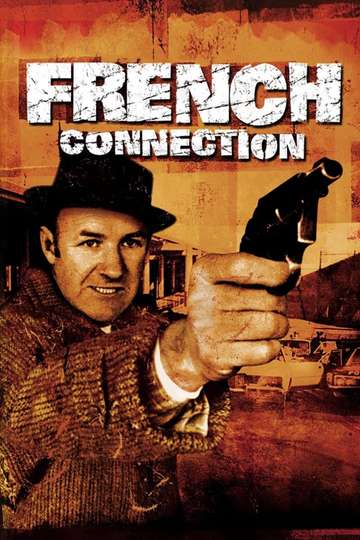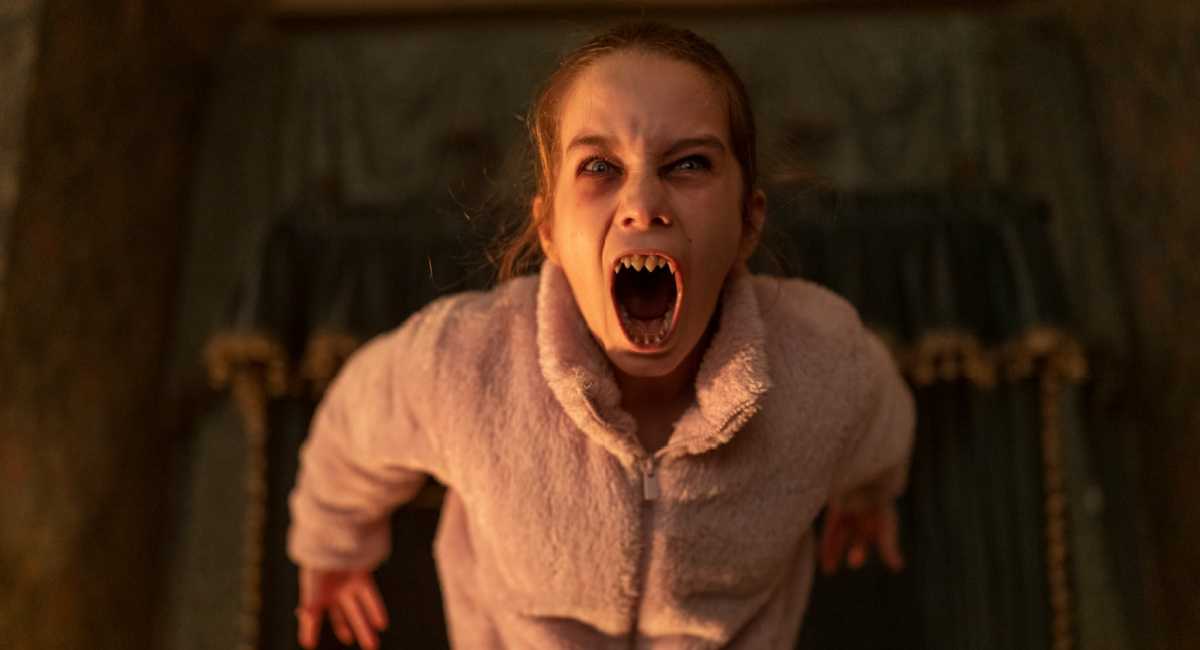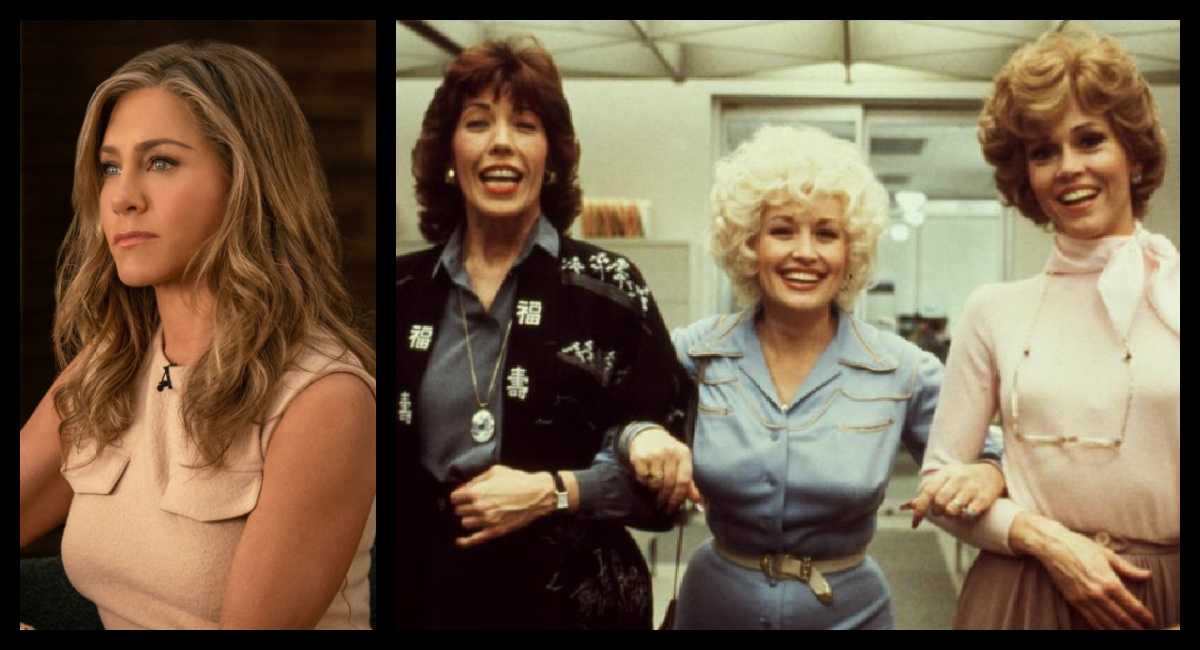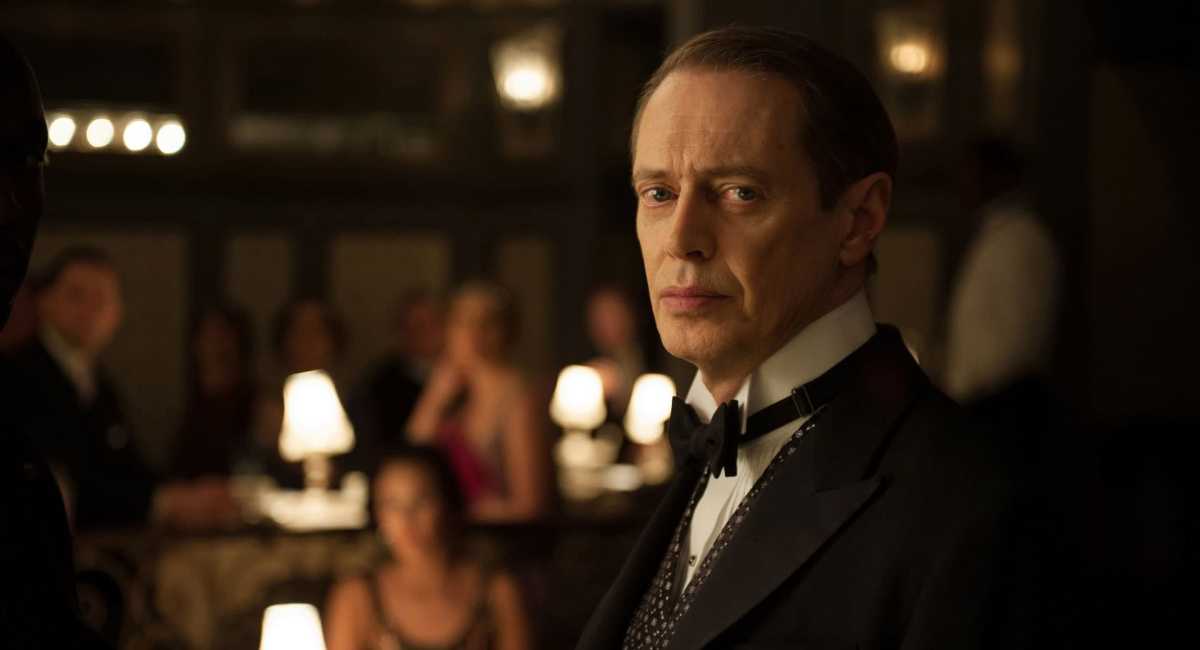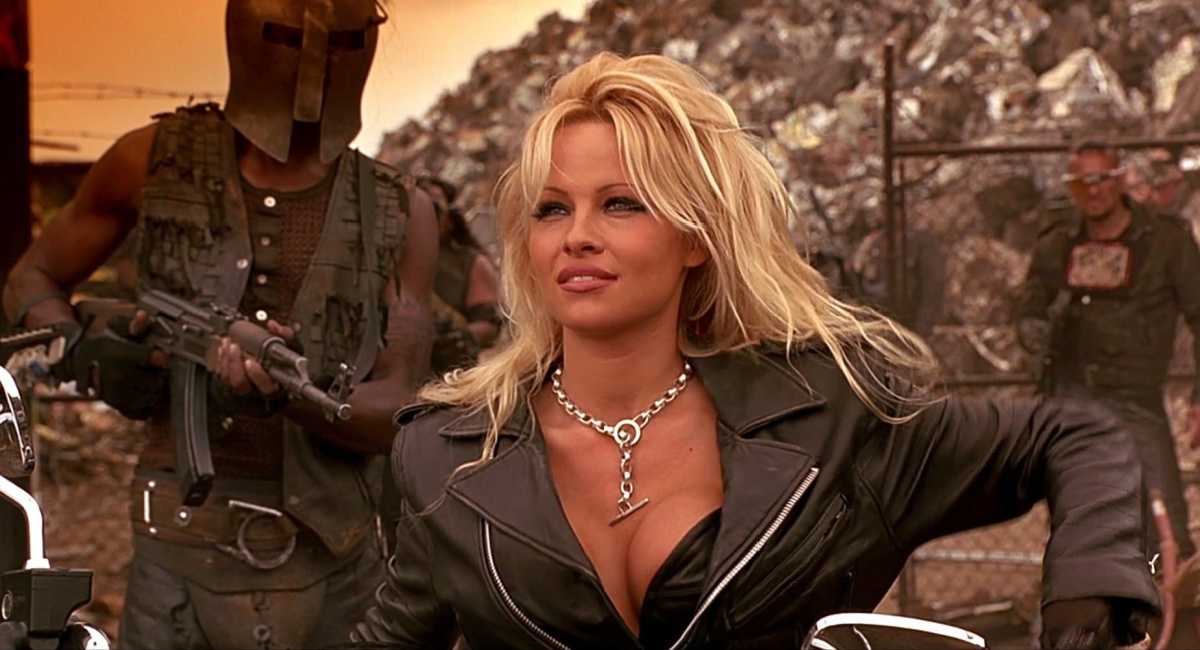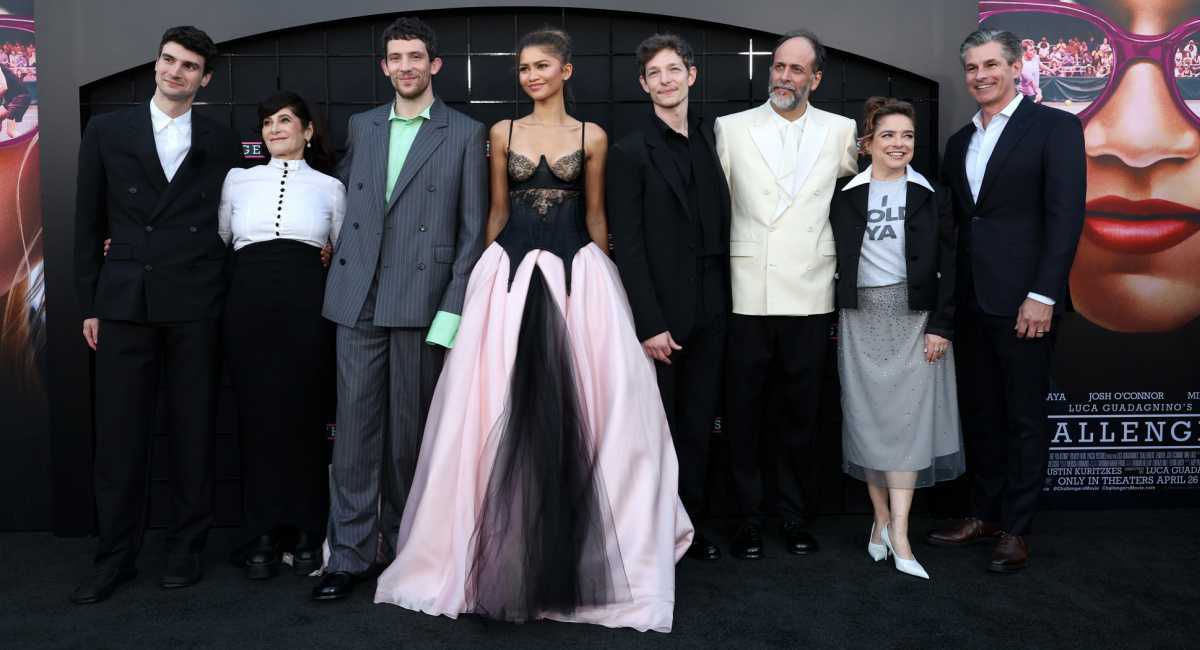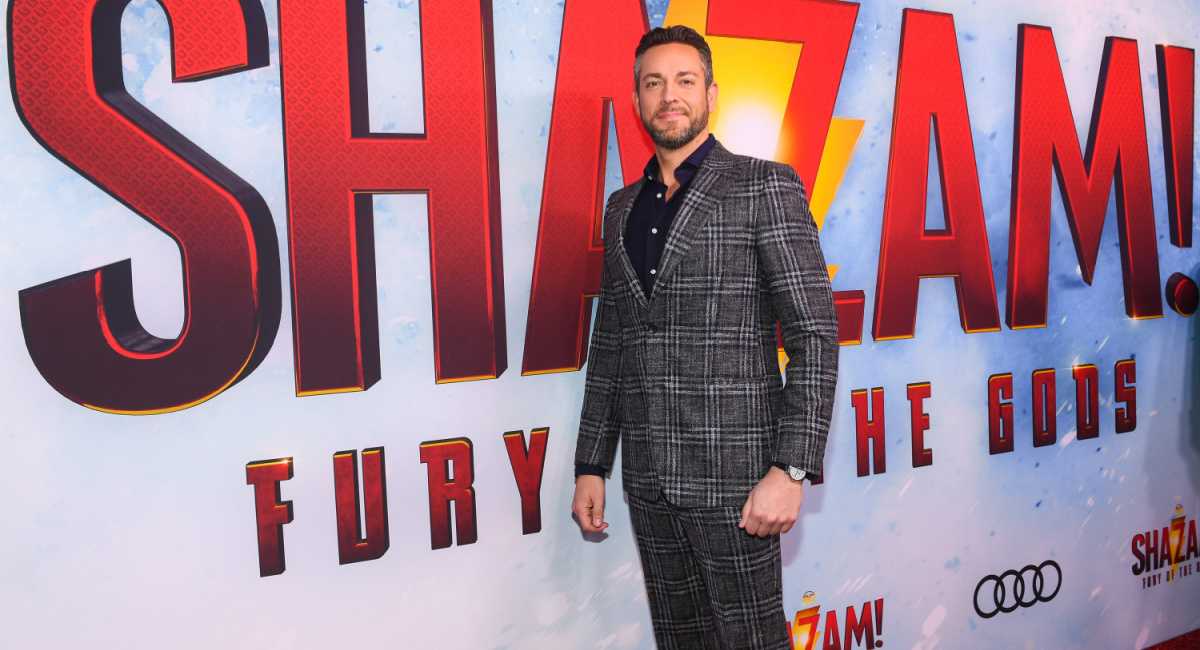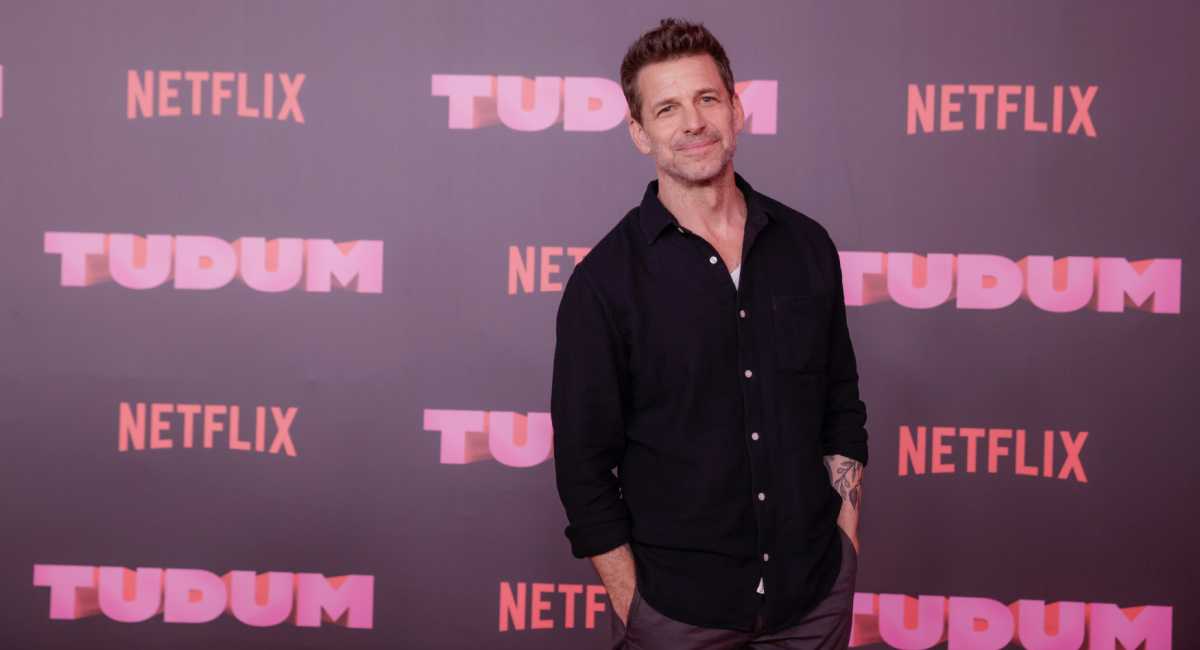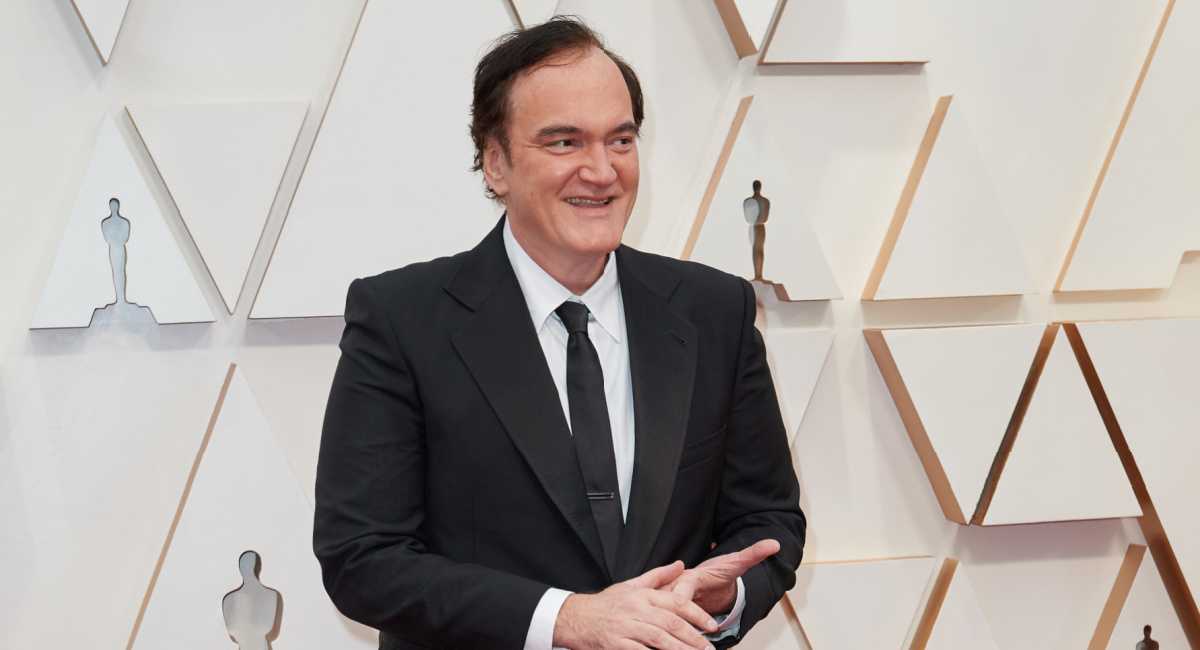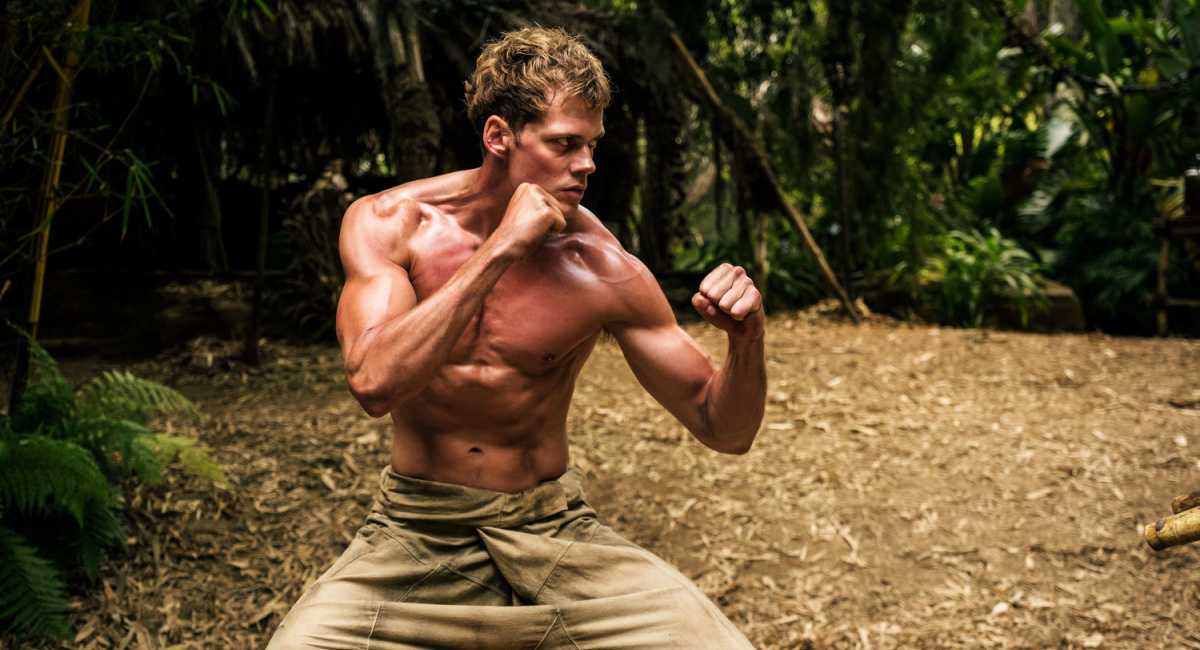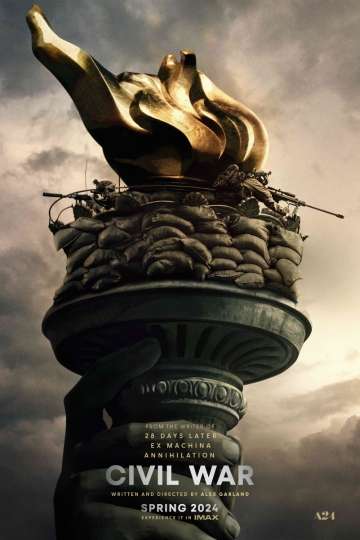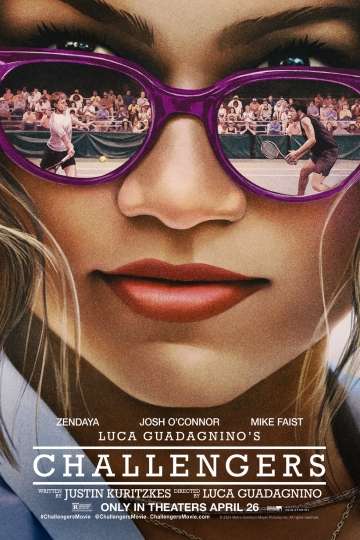23 Things You Never Knew About 'The French Connection'
When you think of Best Picture Oscar winners, you think of grand epics or weighty historical topics, not grimy, intimate cops-and-robbers dramas.
"The French Connection" changed all that when it was released 45 years ago this week (on October 9, 1971). It proved that true-crime dramas could be the stuff of both high art and blockbuster action filmmaking. It won Best Picture and four other Oscars, made A-listers of Gene Hackman and director William Friedkin, and thrilled audiences with what is still one of the most hair-raising car chase sequences ever filmed. In honor of its 45th, here are 23 things you never knew about this classic. 1. "The French Connection" is based on a real-life 1961 drug bust made by New York cops Eddie "Popeye" Egan and Sonny "Cloudy" Grosso. The bust netted 112 pounds of heroin with a street value of $32 million. Egan (the inspiration for Jimmy "Popeye" Doyle, Hackman's character) and Grosso (the inspiration for Buddy "Cloudy" Russo, Roy Scheider's character) not only served as technical advisers on the film, but also can be seen in cameos. Egan plays Walter Simonson (the character based on Egan's own boss) and Grosso plays Detective Klein.
2. Friedkin -- then an up-and-coming young director with four financially disappointing movies under his belt -- took on the project after seeking career advice from legendary old-school director Howard Hawks. "People don't want stories about people's problems or any of that psychological sh**," Friedkin quoted Hawks as telling him. "What they want is action stories. Every time I made a film like that, with a lot of good guys against bad guys, it had a lot of success."
3. Hackman was not Friedkin's first choice to star. In fact, the filmmakers had considered Steve McQueen, Lee Marvin, James Caan, Paul Newman, Robert Mitchum, Peter Boyle, and Jackie Gleason, all of whom turned the role down. They even considered casting Egan to play himself before ultimately hiring iconic New York newspaper columnist Jimmy Breslin. But Friedkin fired Breslin quickly after discovering that the newsman wasn't much of an actor and, like many New Yorkers, didn't know how to drive. So Hackman won the role without even having to audition.4. According to Friedkin, Hackman balked at having to talk and behave like a racist thug. He had a hard time getting into character for a scene early in the shoot, where Popeye rousts a suspect in a vacant lot.
After following Egan around for a week, however, Hackman realized that the character's casual brutality was simply the theatrical way Egan rattled suspects. ("A lot of what Egan did," Friedkin explained later, "was bravado in order to seize control and make sure that all of these suspects, most of them dealers and often users of heavy drugs, would do what he told them to do.")
5. Friedkin also took advantage of the actor's anti-authoritarian streak by behaving like a tyrant and goading his star into rage. By the end of the shoot, Hackman had fully inhabited the character. He reshot the vacant lot scene and nailed it.
6. To adapt Robin Moore's book about the case into a screenplay, Friedkin and producer Philip D'Antoni hired Ernest Tidyman after reading his novel "Shaft" (source of another unforgettable 1971 New York crime drama). But Friedkin claimed that very little of Tidyman's dialogue ended up in the film because Hackman and Scheider improvised most of their lines, using police slang they picked up while following Egan and Grosso around. Tidyman disputed that claim and indeed wound up winning an Oscar for Best Adapted Screenplay.7.Fernando Rey (above) was cast as smuggler Alain Charnier by mistake. Friedkin had instructed his casting director to hire an actor he'd admired from Luis Buñuel's "Belle de Jour." Friedkin had wanted Francisco Rabal; instead, he got Rey, who'd appeared with Rabal in Buñuel's "Viridiana."
8. Not only was Rey the wrong actor, but he arrived on the set speaking not a word of English. Friedkin decided to keep him when he learned that Rabal was not only unavailable but also spoke no English.
9. The car chase sequence developed because D'Antoni wanted to top the celebrated chase from his earlier movie, McQueen's "Bullitt." It was while scouting New York locations that D'Antoni and Friedkin came up with the idea of having Popeye commandeer a civilian's car and chase a hitman who's riding an elevated subway train.
10. Friedkin and his crew filmed the chase, beneath the Stillwell Avenue tracks in Brooklyn, using two modified 1971 Pontiac LeMans models: one with cameras mounted on the bumpers for low-angle exterior shots, and one that had the back seat removed so that a cameraman could crouch unseen behind Hackman in the driver's seat.
11. None of the camera crew, who were family men with wives and kids, wanted to be in that car, so Friedkin, then single, operated the camera himself.12. The chase sequence was shot over the course of five weeks, with police clearing stretches of just five blocks at a time. Nonetheless, the two-car crash that occurs partway through the chase (above) was unplanned, caused by an unwitting Brooklyn driver on his way to work who crossed onto the set and into the path of Popeye's Pontiac. Fortunately, he wasn't hurt.
13. Stunt driver Bill Hickman drove Popeye's car at speeds up to 90 miles per hour; in one shot, he was going 90 for 26 straight blocks. Friedkin's cinematographer, Owen Roizman, made much of the chase seem even faster by under-cranking the exterior camera to shoot just 18 frames per second instead of the standard 24.
14. Hackman did much of the driving himself... until he hit another car and smashed into a concrete pillar. At that point, the producers forced Friedkin to quit shooting the chase sequence and move on. Friedkin complained that he didn't have all the footage he needed, but he did what he was told. 15. The actor who was supposed to play the subway conductor in the sequence didn't show, so Friedkin replaced him with a real conductor. The motorman was also a real motorman, since the transit authorities wouldn't allow an actor to drive a train. The ill-fated transit cop was a real transit cop, one who also had a Screen Actors Guild card.
16. In movies about heroin, the drug viewers see is invariably a prop made of an innocuous powder. But Friedkin has said that the heroin shown in the scenes involving the chemist's purity test is the real thing.
17. "The French Connection" cost $1.8 million to make, a pittance by today's standards but considered risky in 1971. (In fact, 20th Century Fox panicked because the film went $300,000 over budget.) It earned back $51.7 million.18. The Academy nominated the movie for eight Oscars, including Best Supporting Actor (Scheider), Best Sound, and Best Cinematography. It won Best Picture (making it the first R-rated film to win the Academy's top prize), Best Director, Best Actor (Hackman), Best Editing, and Best Adapted Screenplay.
19. The real case was nowhere near as violent as the movie, according to Egan, who claimed he'd fired his gun only three times over the course of his career.
20. On the day he was to retire from the NYPD in December 1971, Egan found himself fired and deprived of his pension. Although Moore's book had been in print for two years, Egan claimed he'd been fired because the film had embarrassed the department by showing the harsh tactics he'd used on suspects.
21. The real-life Charnier, Jean Jehan, was eventually captured in France, but the French government refused to extradite him to America.
22. That part of the story was broadly fictionalized in director John Frankenheimer's 1975 sequel, "The French Connection II," with Hackman and Rey reprising their roles. Friedkin claimed Jehan was being shielded because of his history as a resistance fighter during World War II.
23. Egan's exploits inspired several other projects, including the 1973 Modern Family" patriarch Married... With Children."
The French Connection
Tough narcotics detective 'Popeye' Doyle is in hot pursuit of a suave French drug dealer who may be the key to a huge heroin-smuggling operation. Read the Plot

